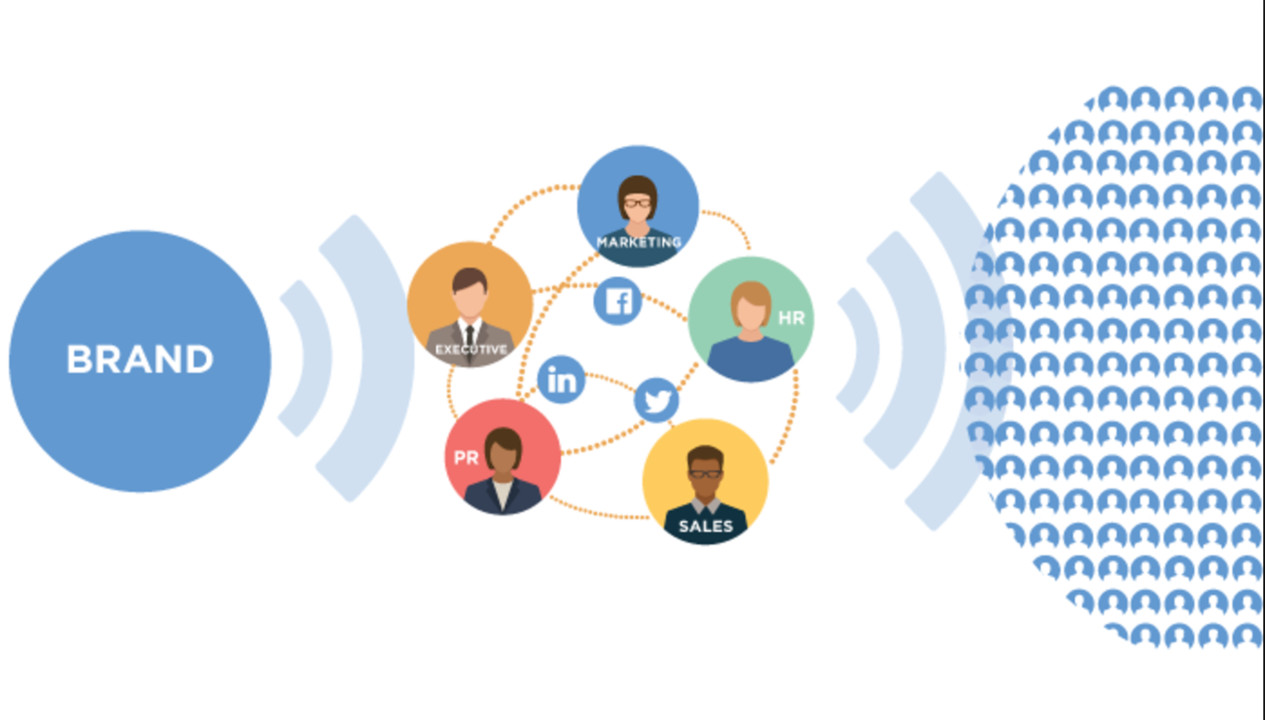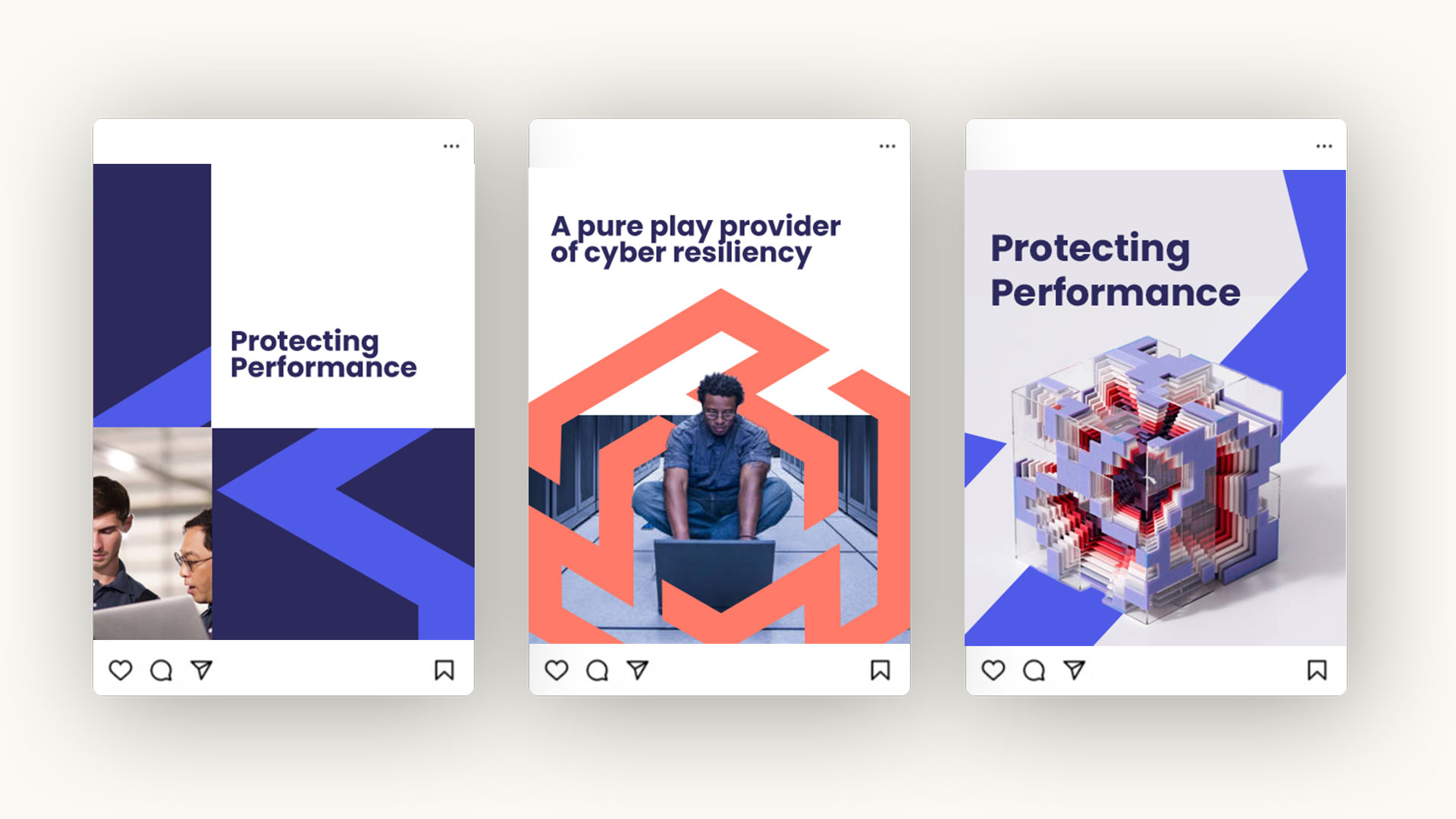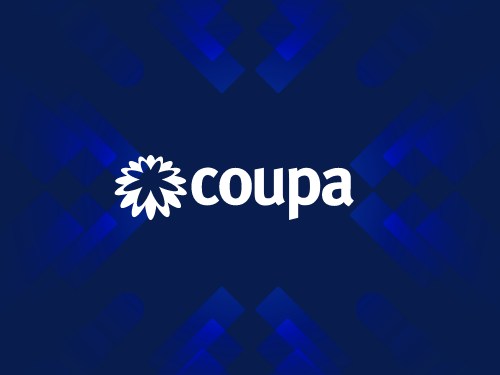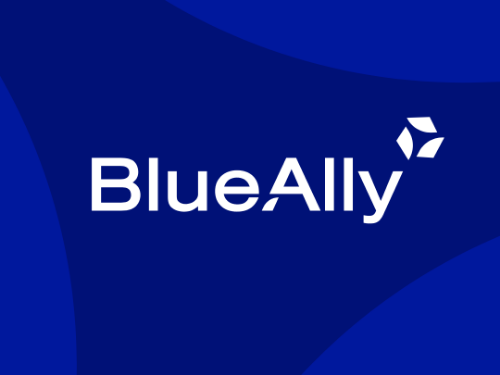In the ever-evolving world of marketing, where authenticity and trust drive engagement, employee advocacy has emerged as a powerful strategy to amplify brand messaging. Employee advocacy—the promotion of an organization by its workforce through personal networks—is not just a buzzword. It’s a cornerstone for brands aiming to build trust, boost engagement, and expand their reach in today’s digital age. As we head into 2025, it’s time to ask: Is your business tapping into its most valuable marketing asset—your employees?
The Power of Employee Advocacy in Modern Marketing
The essence of employee advocacy lies in leveraging the voices of your employees to promote your brand’s mission, products, or services. While corporate accounts are often viewed as polished and carefully curated, messages from employees tend to feel more genuine and relatable. Studies show that people are three times more likely to trust information shared by employees than by a company’s official channels.
But why is this strategy gaining traction now? The answer lies in two key trends:
- The Rise of Authenticity: In a world inundated with branded content, authenticity is the currency that builds trust. Messages shared by employees are perceived as more authentic and less “salesy.”
- The Power of Social Networks: Employees collectively have social networks that far exceed the reach of a brand’s corporate accounts. Tapping into these networks can exponentially expand your brand’s visibility.

Benefits of Employee Advocacy
Implementing an employee advocacy program can have far-reaching benefits for your organization. Here are the key advantages:
1. Increased Brand Reach
Your employees’ personal networks—spanning LinkedIn, Twitter, and other platforms—can significantly amplify your brand’s visibility. A single employee sharing a post can reach hundreds or thousands of connections who may otherwise never interact with your corporate accounts.
2. Enhanced Trust and Credibility
People trust people, not logos. By empowering your employees to share their experiences and perspectives, you humanize your brand and build trust with your audience.
3. Boosted Employee Engagement
An employee advocacy program fosters a sense of ownership and pride in the organization. When employees feel valued and involved in the company’s mission, they are more likely to be engaged and motivated.
4. Improved Recruitment Efforts
Employees who share positive stories about your company can become powerful recruiters. Potential candidates are more likely to consider a company when they see authentic endorsements from current employees.
5. Cost-Effective Marketing
Compared to traditional advertising, employee advocacy offers an organic and cost-effective way to increase brand awareness and engagement.

How to Build an Employee Advocacy Program
Creating a successful employee advocacy program requires thoughtful planning and execution. Here’s a step-by-step guide:
1. Set Clear Objectives
Define what you want to achieve through employee advocacy. Are you looking to boost brand awareness, drive traffic to your website, or increase engagement on social media? Clear goals will guide your program’s strategy and measurement.
2. Choose the Right Platform
Consider using employee advocacy tools like Hootsuite Amplify or Bambu to streamline content sharing and track performance. These platforms make it easy for employees to access approved content and share it with their networks.
3. Create Shareable Content
The success of your advocacy program hinges on the quality of your content. Provide employees with engaging, shareable content that aligns with their personal interests and professional goals.
4. Provide Training and Guidelines
Offer training sessions to help employees understand the value of advocacy and how to effectively share content. Provide clear guidelines to ensure brand messaging remains consistent.
5. Incentivize Participation
Recognition and rewards can motivate employees to participate in your advocacy program. Consider offering incentives such as gift cards, extra vacation days, or public acknowledgment for top advocates.
6. Measure and Optimize
Use analytics to track the performance of your advocacy efforts. Monitor metrics such as reach, engagement, and website traffic to refine your strategy and maximize results.

Overcoming Common Challenges
While the benefits of employee advocacy are clear, organizations may encounter challenges during implementation. Here’s how to address them:
- Low Participation Rates: Start small by engaging a core group of advocates and building momentum over time.
- Inconsistent Messaging: Provide pre-approved content and clear guidelines to ensure consistency.
- Lack of Measurement: Use analytics tools to measure performance and demonstrate the program’s ROI to stakeholders.
Why 2025 is the Year for Employee Advocacy
As digital marketing becomes increasingly competitive, brands must find innovative ways to stand out. Employee advocacy offers a unique blend of authenticity, reach, and cost-effectiveness that aligns with the needs of modern marketing. By empowering your employees to be your brand’s biggest champions, you can drive meaningful engagement and achieve your business objectives.
Take the First Step
Ready to unlock the power of employee advocacy? Contact Bluetext today to learn how we can help you build a successful program tailored to your organization’s needs. Let’s make 2025 the year your employees become your brand’s greatest advocates.



